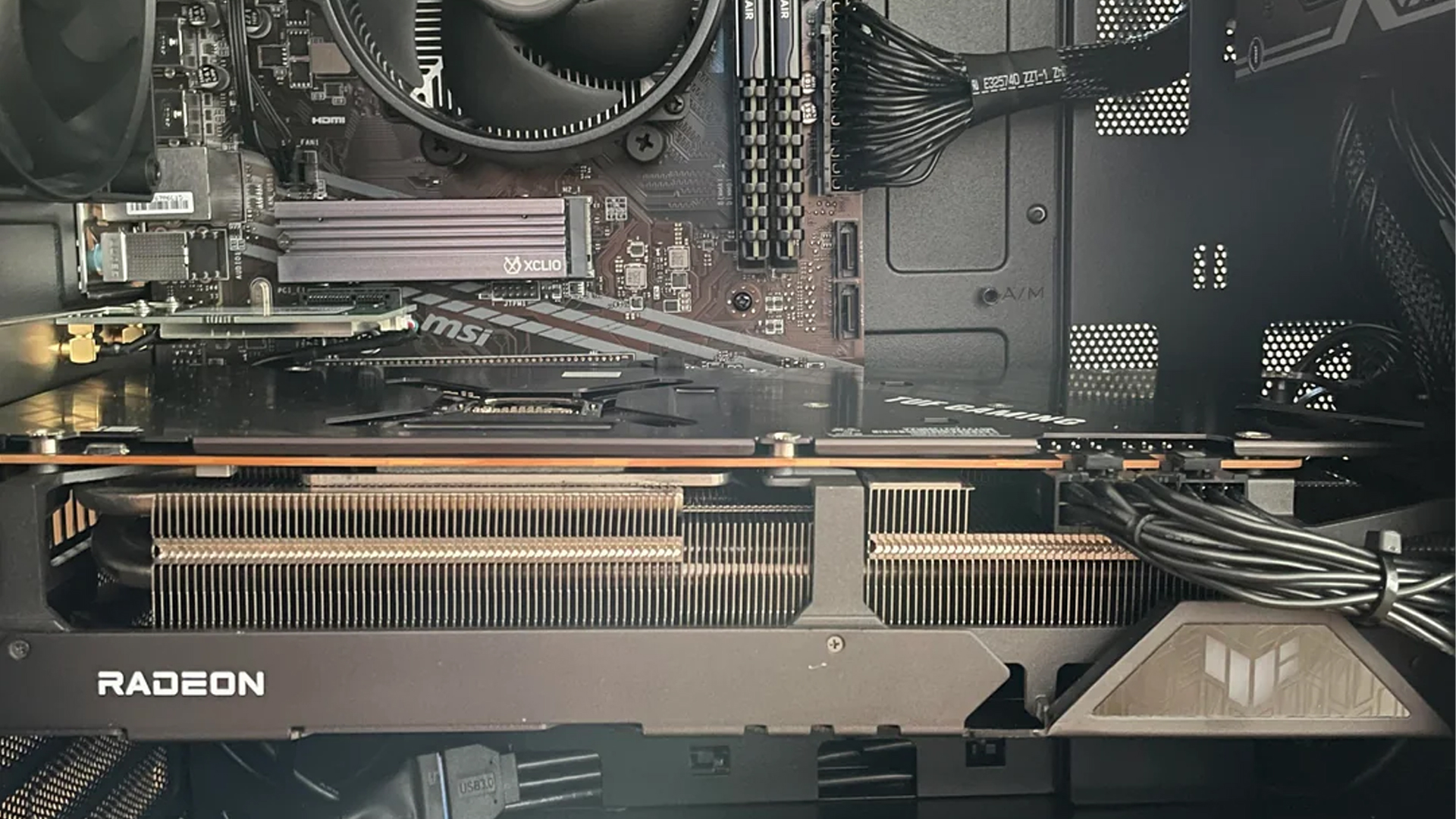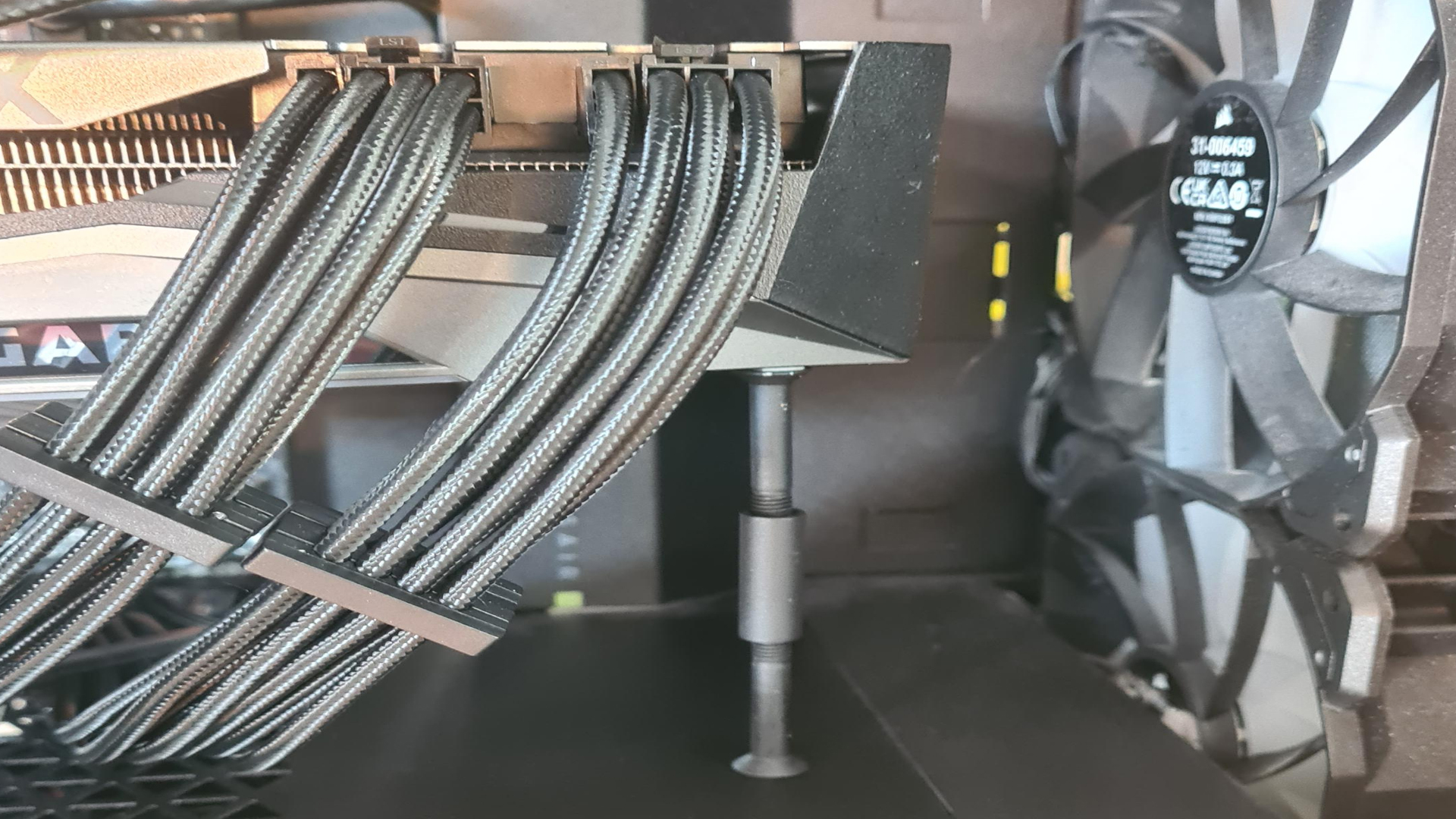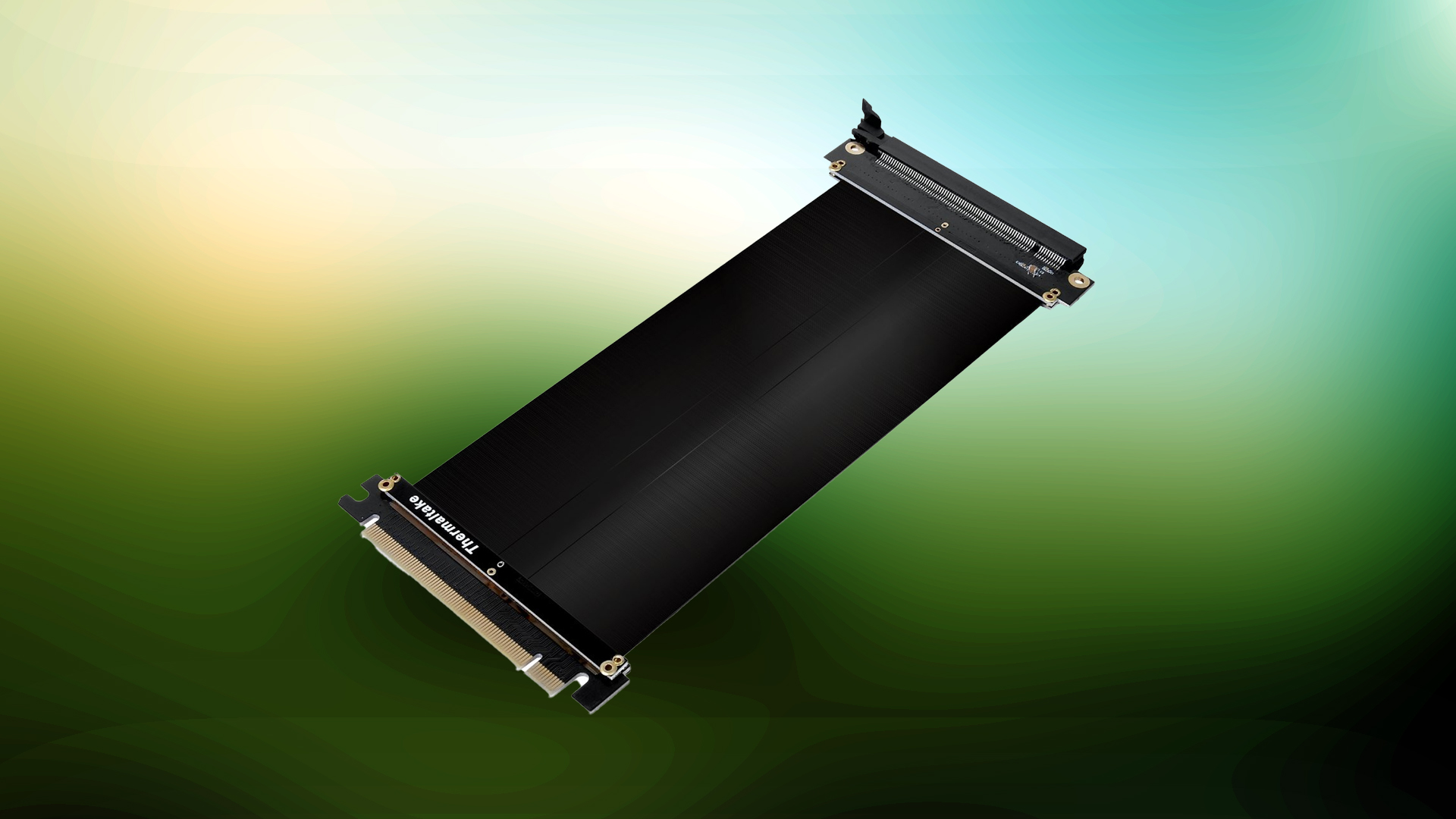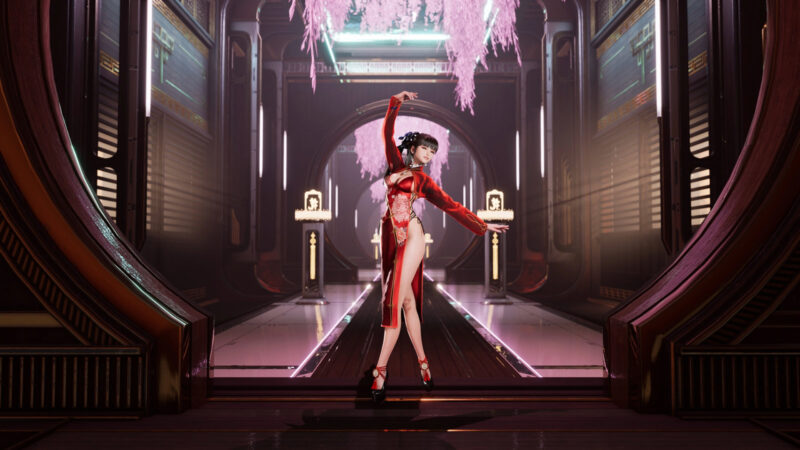Massive GPUs like the RTX 5090 are causing motherboards to bend in 2025—here’s how to fix GPU sag with these quick and easy tips.

When considering the purchase of high-end gaming GPUs, such as the RTX 5090, 5080, and 7900 XT, GPU sag becomes an annoying issue. Particularly these and other high-end cards with hefty coolers, which exceed the traditional dual-slot design. The problem is that you cannot avoid these; if you ignore them for a prolonged period, they will claim the life of your GPU and possibly also the motherboard in the process. Yes, modern motherboards do advertise steel-reinforced PCIe brackets, but consider this: a 5090, such as the Zotac Solid one, the cheapest one apart from the Founders Edition. Motherboard brackets are strong, but trying your luck without a proper solution with a load like that can be very costly. No worries, this article draws on several community feedback and solutions, and effectively mentions how to deal with this issue here.
DIY Quick Fixes for Common GPU Sag

Let’s say you’re out of options after spending a significant amount on a new GPU, and the provided GPU anti-sag bracket won’t fit in your chassis. The following steps may sound wild, but are very effective:
- Lego Tower Construction – Stack Lego blocks to the exact height needed under the GPU’s sagging corner
- Zip-tie suspension – Create support cables using black zip ties attached to the case top. However, note that plastic may stretch over time, so be alert.
- Fishing line support – Nearly invisible solution that ties through backplate mounts to the case top
- DIY screw-and-nut support – Build adjustable stands using hexagonal socket screws and connection nuts for under $1
- Guitar string suspension – Repurpose guitar strings for tension-based support systems. Acoustic ones with a thicker gauge, say 12-51, work best here.
- Foam packaging reuse – Cut the original GPU packaging foam to size for temporary support. You can also fetch some from your motherboard box.
Commercial Anti-Sag Solutions
If you are looking to buy external support brackets or riser cables due to compatibility issues, consider the following advice.
- Use manufacturer-provided brackets – Many GPUs now ship with anti-sag brackets specifically designed for their weight distribution.
- Purchase dedicated support brackets – Amazon and Newegg offer adjustable GPU support for $8-$15 that attach to the case’s mounting points.
- Consider the Lian Li GB-002 bracket – Attaches directly to the motherboard and becomes nearly invisible once installed.
Installation Best Practices
- Install the GPU horizontally first – Mount the case on its side during installation, slightly over-tighten, then return it upright to compensate for settling.
- Check PCIe slot reinforcement – Verify that your motherboard has metal-reinforced slots before relying solely on slot support.t
- Verify backplate mounting – Ensure all mounting prongs properly seat in the case slots before final tightening.
Prevention Strategies

Prevention is the best cure, but that doesn’t mean that you don’t need to buy a GPU. What you can do is buy Founder’s Edition models, a reference card (for the AMD side), or look for AIB models that best fit your case. The slimmer the better. If you are sold on the AIB model for its looks and aesthetics, and if your case doesn’t quite meet your needs, upgrading your case may seem like a better option. Not only will the fit be appropriate, but these new GPUs generate a lot of heat, which newly designed cases will handle more effectively.
That said, below are a few essential pointers to keep in mind after installing your GPU.
- Visible PCB bending – Any noticeable curve in the circuit board requires immediate support
- Connection issues – Intermittent display problems may indicate stress on the PCIe slot.
- VRAM module stress – Sagging can damage memory chips on cards without proper underfill protection.
- Document existing sag – Take photos before implementing fixes to track improvement.
- Avoid upward pressure – Support brackets should lift gently, not over-correct the position.
- Regular monitoring – Check support effectiveness monthly, especially after system moves.
Verdict
In conclusion, GPU sagging is becoming increasingly common in 2025, as brands continue to push powerful GPUs, and AIBs have no choice but to produce robust models. Nvidia showed the BFGPU back in 2020 (the RTX 3090), and now every GPU seems to be more than a BFGPU. Follow the guide mentioned here; you will stay safe and probably keep your components safe in the process.
We provide the latest news and “How To’s” for Tech content. Meanwhile, you can check out the following articles related to PC GPUs, CPU and GPU comparisons, mobile phones, and more:
- 5 Best Air Coolers for CPUs in 2025
- ASUS TUF Gaming F16 Release Date, Specifications, Price, and More
- iPhone 16e vs iPhone SE (3rd Gen): Which One To Buy in 2025?
- Powerbeats Pro 2 vs AirPods Pro 2: Which One To Get in 2025
- RTX 5070 Ti vs. RTX 4070 Super: Specs, Price and More Compared
- Windows 11: How To Disable Lock Screen Widgets
 Reddit
Reddit
 Email
Email


